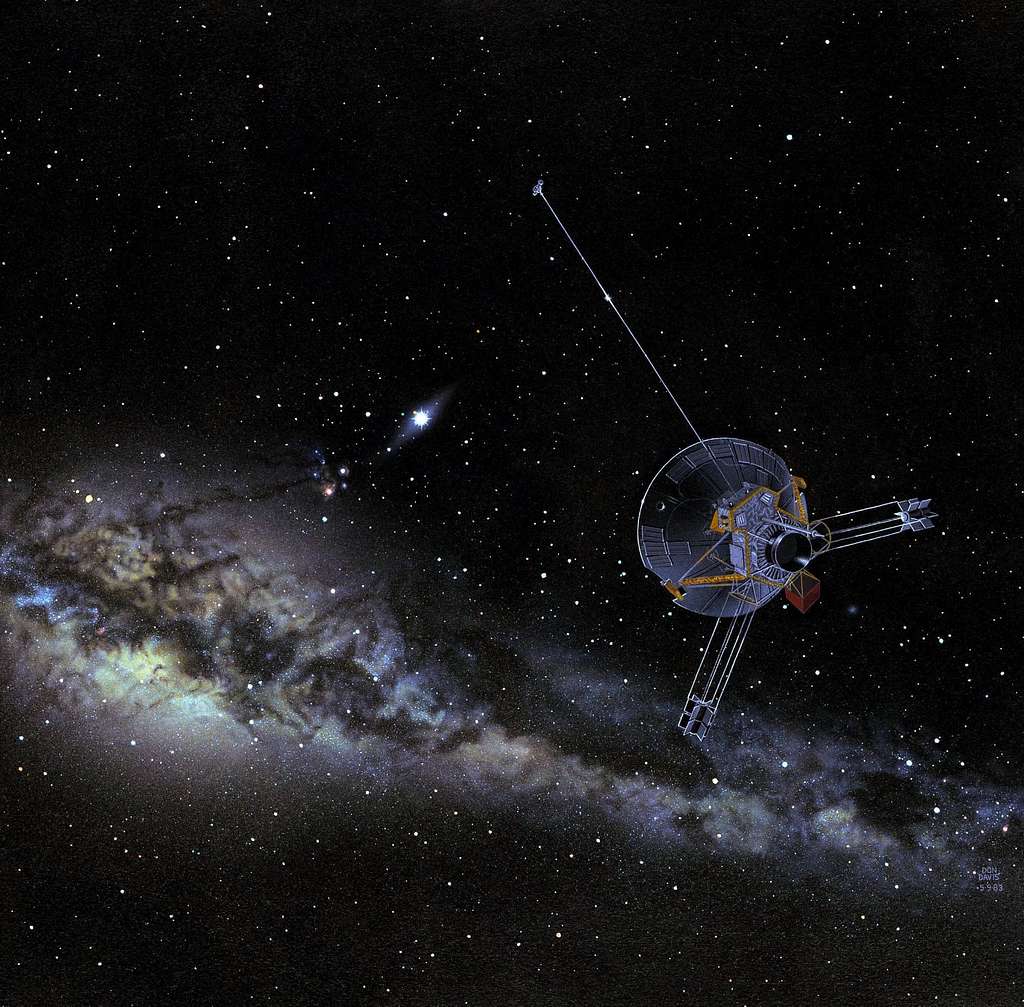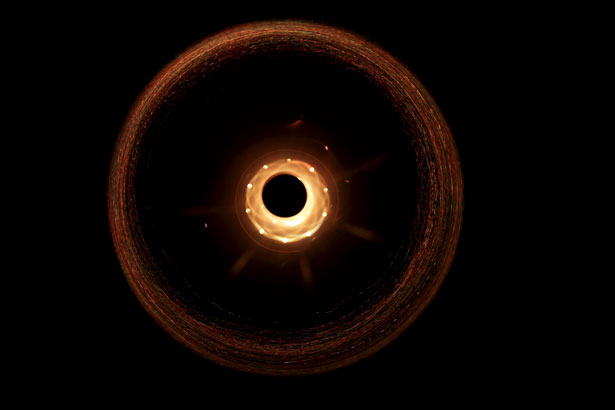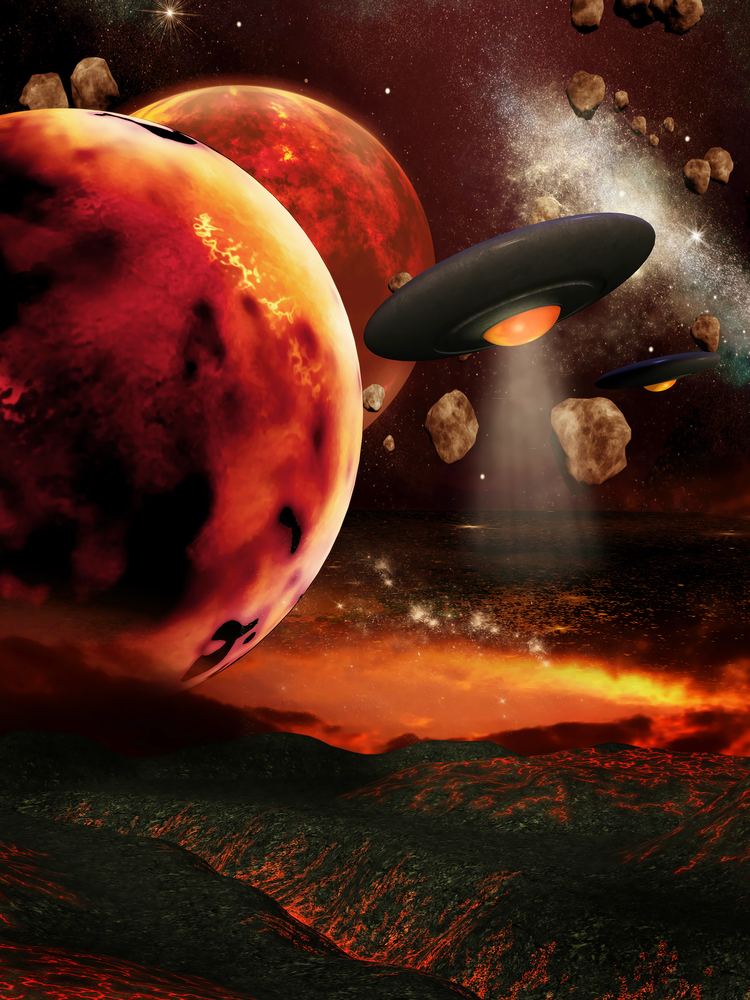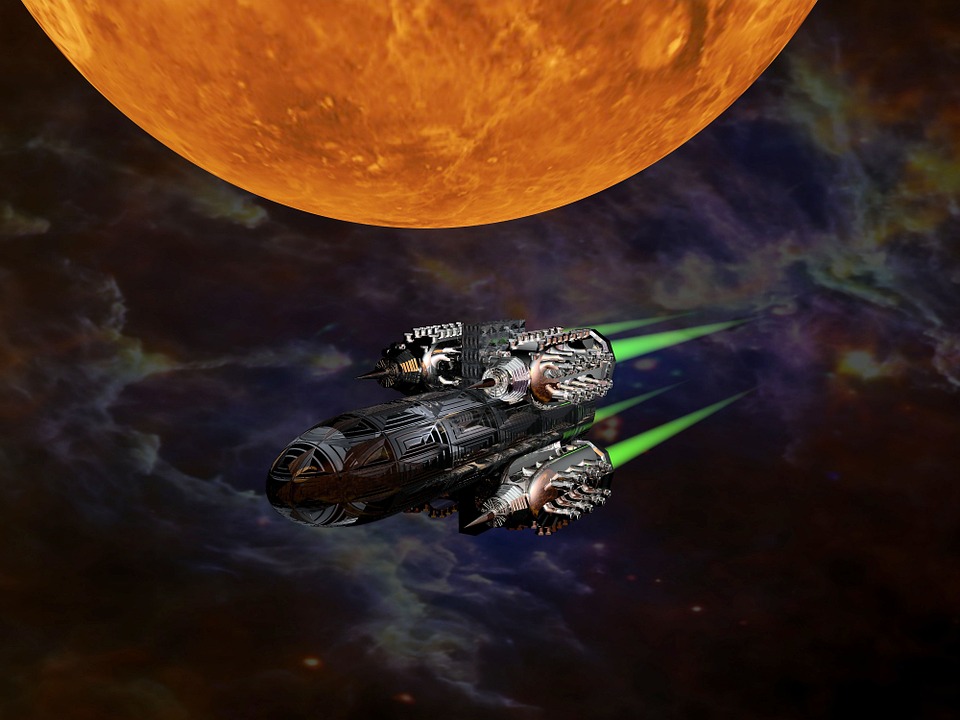
What kind of mysteries does this world hold?
INTRODUCTION
Mysteries and investigations offer an exhilarating gameplay experience in Traveller RPG, providing players with the opportunity to don the role of intrepid investigators in the vast universe. Delving into the unknown, solving puzzles, and uncovering hidden truths are central to these captivating adventures. In this blog post, we explore the art of solving mysteries in Traveller RPG, offering valuable insights, tips, and strategies to create immersive and rewarding investigative experiences.
- Setting the Stage: Creating Intriguing Mysteries Craft compelling mysteries that captivate players from the start. Establish a mysterious event, disappearance, or crime that sparks their curiosity. Develop a web of clues, red herrings, and hidden connections to keep players engaged and guessing throughout the investigation. Create an immersive atmosphere that drips with intrigue, setting the stage for a thrilling adventure.
- Establishing the Investigation Team: Determine the makeup of the investigation team, which can include player characters, allied NPCs, or specialists in various fields. Consider their skills, backgrounds, and expertise that contribute to the investigation. Ensure a diverse team capable of tackling different aspects of the mystery, such as technical analysis, research, or interpersonal interactions.
- Collecting and Analyzing Clues: Provide players with a variety of clues to discover during the investigation. Clues can be physical evidence, witness testimonies, encoded messages, or hidden documents. Allow players to gather, examine, and analyze these clues using their investigative skills. Encourage them to collaborate, share information, and piece together the puzzle.
- Interviewing NPCs and Witnesses: Interactions with non-player characters (NPCs) and witnesses are crucial in solving mysteries. Develop unique personalities, motivations, and information for each NPC. Encourage players to engage in meaningful conversations, ask relevant questions, and pay attention to verbal and non-verbal cues. These interactions can uncover vital information or lead to new leads.
- Research and Information Gathering: Incorporate research and information gathering as key components of the investigation. Players can visit libraries, access databases, or consult experts to acquire knowledge on subjects related to the mystery. Encourage creativity in their research methods, rewarding thoroughness and creativity with valuable insights and breakthroughs.
- Problem-Solving and Puzzle Solving: Introduce puzzles and challenges that players must solve to progress in the investigation. These can include deciphering codes, solving riddles, or navigating complex security systems. Tailor the difficulty level of puzzles to ensure they are engaging but not overly frustrating. Provide hints or alternative paths to keep the investigation flowing smoothly.
- Unveiling the Truth and Resolution: Guide the investigation towards a climactic conclusion, where players uncover the truth behind the mystery. Offer a satisfying resolution that ties together all the clues, reveals the motives of the culprits, and provides closure. Consider the consequences of the investigation’s outcome on the game world, allowing players to leave a lasting impact.
CONCLUSION
Solving mysteries in Traveller RPG offers an immersive and intellectually stimulating experience for players. By creating intriguing mysteries, establishing the investigation team, collecting and analyzing clues, interviewing NPCs and witnesses, conducting research, incorporating problem-solving and puzzle-solving elements, and unveiling the truth with a satisfying resolution, you can create captivating investigative adventures. Embrace the unknown, challenge your players’ deductive skills, and watch as they unravel enigmas, uncover hidden truths, and leave their mark in the captivating universe of Traveller RPG. Prepare for suspenseful journeys, thrilling revelations, and the satisfaction of solving mysteries in this dynamic and immersive tabletop role-playing game.










